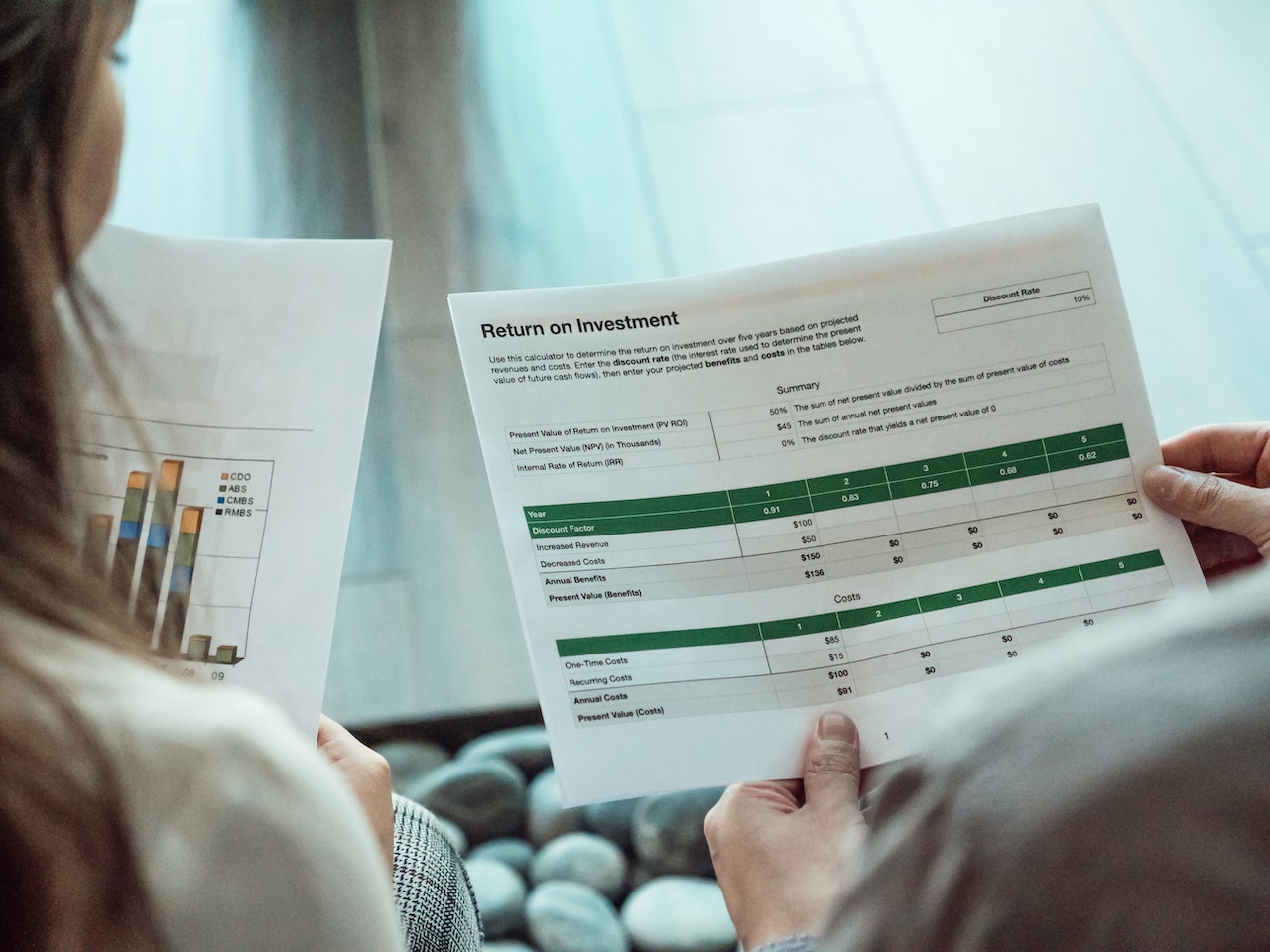Maxim Manturov, Head of Investment Advice at Freedom Finance Europe, details the selective strategy necessary to create a diverse portfolio which is pivotal in times of rising volatility, especially for those who prioritise low-risk investments and capital preservation.
With 2023 just around the corner, now is a good time for retail investors to look at how they should diversify their portfolio in the upcoming year. Over the last few months there has been speculations around the economy and this uncertainty isn’t going to fade anytime soon, so where should retail investors look to?
There are three sectors that retail investors should keep an eye on:
· Growth sectors: IPOs and ETFs (Initial public offerings and exchange traded funds), biotech (IBB) and cloud (SKYY) are all at record lows and could rebound sharply as inflation peaks.
· Protective sectors: Health (XLV) has historically low valuations, protective qualities and long-term demographic trends, and Consumer Goods (XLP) boast stable profitability, restaurant openings and sector protective qualities.
· Bonds: Treasury bonds (TLT) have strong oversold bonds as a result of a possible peak in inflation, lower yields are likely bullish for bonds making them a protective tool for portfolio hedging.
With this in mind, below are the specific sectors with the highest potential upside as well as having the lowest relative risk associated with them.
Energy (XLE) – the upside of about 15%.
Positives and growth drivers
– Oil prices are supported by higher demand, and the Russo-Ukrainian war has reduced supply and inventories.
– Large diversified energy companies have strong balance sheets and have become more disciplined in managing costs and investments, although high oil prices could undermine this self-control.
– Valuations are attractive compared to other sectors.
Potential risks
– Aggressive Fed rate hikes could lead to a recession and lower oil demand.
– A loosening of Iranian sanctions and a significant increase in oil production could increase oil supply and put pressure on prices.
Finance (XLF) – the upside of about 15%.
Positives and growth drivers
– Higher long-term and short-term interest rates will be a significant tailwind for the sector.
– Strong financial position allows banks to increase dividends.
– The sector has attractive valuations compared to the historical average and other sectors.
– High loan loss provisions are released due to low default rates on the back of strong economic growth.
Potential risks
– High cash flow and low demand for credit constrain revenues, although credit growth has recently turned positive.
– Peak economic growth has historically led to average market efficiency.
Growth Sector IPO & ETFs, Biotechnology (IBB) and Cloud Technology (SKYY) – Upsides between 20-25%
Positives and growth drivers:
– Record undervalued IPO sectors for biotech and cloud companies in March 2020, December 2018, and February 2016.
– The high yield factor of US 10-year bonds will stop putting pressure on the IPO segment. Historically, yields tend to fall after the start of Fed tightening;
– Weakness phase, or in other words, rotation from “growth sectors” to “value sectors” is close to the peak phase in terms of sentiment, size and time duration.
– Technical phase – IPO and biotech ETFs are close to their long-term trend limits, making it highly likely to show a price ‘bottom’.
Potential risks:
– Further outflows from the sector and rotation from growth stocks to value stocks.
– Inflation does not peak in H2 2022 and continues to rise – US 10-year bond yields continue to rise.
– More aggressive Fed policy.
US Treasury bonds (TLT) – An upside of around 16%.
Positives and growth drivers:
– Strong oversold bonds on the back of a possible peak in inflation.
– Reduced yields after the Fed reaches peak aggressiveness next year.
– Offer investors safe investments and reliable dividends, which is a significant advantage.
– Secured by full confidence in the United States, these are the safest assets in the world and carry virtually no credit risk.
– A defensive tool for hedging a portfolio – typically performs best during recessions, recessions and bear markets in stocks.
Potential risks:
– Inflation is not peaking and continues to rise.
– Interest rates are rising, and the market value of debt securities continues its downward trend.
Overall, the US market is now quite rich in the choice of exchange-traded funds for investment. There are thousands of ETFs in the US stock market and opportunities to invest in different sectors through them. This wide range of exchange-traded funds allows investors to efficiently allocate portfolio positions across sectors. In turn, the skilful selection of ETFs in the form of sectors that can exhibit relative strength during a particular phase of the market cycle can be a decisive factor in affecting the returns of a portfolio as a whole. Thus funds allow the business cycle approach to be used through sector investing to identify shifting phases of the economy, which provides a basis for allocating sectors based on the likelihood of growth or decline.







